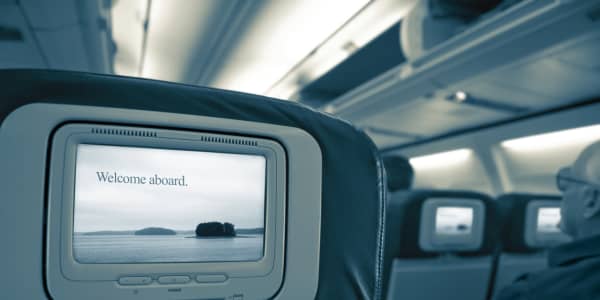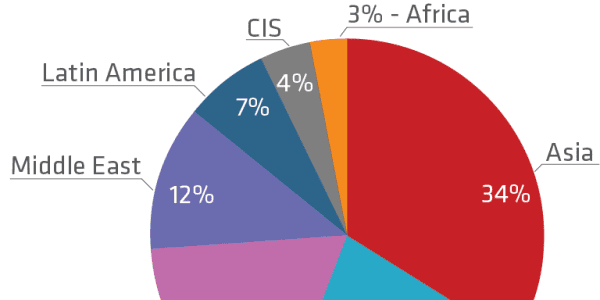Over the last decade, domestic air traffic in India has grown from 13 million people annually to an estimated 52 million in 2011, making it the fastest-growing passenger market among major economies. Yet India’s airline industry is losing money and in deep debt, with few solutions in sight.
Restrictive government policies, cut-throat competitionm and a plane-buying spree have turned a potential winner into a loser in need of a bailout.
“India’s airlines must price for profitability instead of hurtling each other into a price war to increase market share,” Amber Dubey, Head of Aviation & Aerospace at KPMG, said.
India opened its aviation sector to private airlines in 1992, and today there are six carriers operating in Indian skies compared with just one state-owned airline 20 years ago — but none of these carriers is doing well.
- Jet Airways: India’s largest private airline in terms of revenue reported a net loss of $20.4 million in the quarter ended Dec. 31, 2011, despite passenger growth of 12 percent over the same period.
- Kingfisher: the second-largest carrier by market share canceled a number of flights late last year to cut losses and is struggling to meet its debt commitments.
“India’s airlines lose $25-$30 every time a passenger boards an aircraft,” Kapil Kaul, CEO of Subcontinent and Middle East at CAPA - the Centre for Aviation, told CNBC.
CAPA estimates Indian carriers will incur a combined loss of $2.5 billion for the year that ends March 31, 2012 and currently carry a combined debt of around $16 billion.
One of the reasons for high debt levels is the aircraft-buying spree of some airlines. Air India ordered 68 Boeing aircraft in 2005, an act that has come under scrutiny of India’s federal auditor. and Go Airhave between them recently ordered about 200 planes for more than $23 billion, according to a Reuters report.
Not only does this increase the debt burden of these airlines,but also adds to capacity in a market where planes already lie grounded.
India’s airlines lose $25-30 every time a passenger boards an aircraft."CEO, Subcontinent, Centre For AviationKapil Kaul
“The outlook (for the aviation industry) remains challenged,with sustained levels of competition and strained balance sheets,” Jamshed Dadabhoy, Aviation Research Analyst at Citibank , wrote in a report.
Thus, the Indian government in a desperate move to help airlines out of their financial troubles, announced recently that it could allow foreign airlines to take a 49 percent stake in domestic carriers.
But aviation experts ask which prudent investor would want to enter a messy market like India.
“Considering the accumulated debt of $13 billion by the three top airlines (Air India, Jet, Kingfisher), interest burden of $1.5 billion and reluctance of lenders, the expectation of a foreign bailout is unrealistic,” says Dhiraj Mathur, Director at PricewaterhouseCoopers.
Keeping Air India Alive
If cash infusion via equity sales or government bailouts were the remedy, then Air India would be soaring, says the former head of an Indian budget carrier.
During the past two years, say industry sources, the government has injected about $386 million into the cash-strapped national carrier and has promised another $232 million before this fiscal year ends March 31, 2012, but problems persist.
“Elsewhere in the world, if you were Air India or a Kingfisher you would be either dead or under the knife, being treated with surgical precision for pumping back life. But in India you just bleed while in the ICU,” says the former airline chief executive.
Foreign airlines may not be interested in investing in Indian carriers also because they already have established market shares on major international routes into the country and code-sharing agreements with domestic airlines, situations that give them access to the Indian market.
Instead of looking to foreign airlines, the government must first put its own house in order, say aviation experts. One of the stickiest issues is low pricing. “State-owned Air India’s suicidal, taxpayer-funded, commercial policy of discounting fares has to go,” Kaul said.
A second step, say industry experts, would be to open up more international routes to private airlines. With Air India having the first right of refusal to fly international routes, private airlines are blocked from flying on lucrative international routes.
“Interference in pricing, mandatory five-year track record on international routes, social obligation to fly uneconomic routes, and additional taxation on aviation turbine fuel (ATF) are all policy decisions that need to be readdressed for profitability and viability of airlines,” Mathur said.




